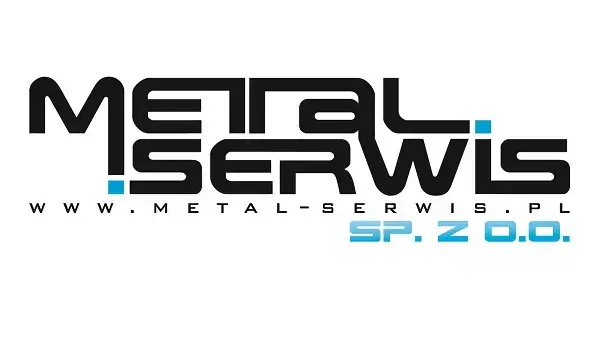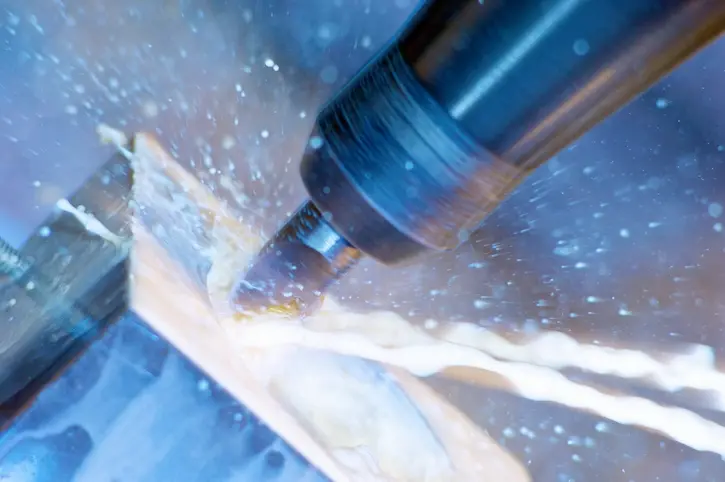Manufacturing metal components for machines, equipment, and installations that require high precision finishing and low surface roughness demands the use of appropriate processing methods. Most commonly, subtractive machining through cutting is used – a process where excess material is removed from the workpiece in the form of chips using cutting tools with higher hardness than the material being processed. The basic forms of cutting include turning and milling. In Pomerania, Metal-Serwis Wandtke is a company offering such services. Let’s explore how these operations work.
What is Turning?
Turning is a metal processing method that allows for creating rotational body elements. It enables the production of shafts, wheels, cones, and cylinders, among others. The turning process is performed using a machine called a lathe, by rotating the workpiece and then removing excess material using a turning tool that moves along the axis of rotation and in a parallel plane. Depending on the component being manufactured, turning can be performed using either point method, where the geometry depends on the tool’s path, or form turning, where the final shape of the product depends on the cutting edge profile.
What is Milling?
In milling, the tool called a mill is set in rotation. It can have cutting edges on its face, circumference, or both surfaces. The mill and the workpiece move relative to each other in horizontal and vertical planes, and the product can have almost any geometry. Milling is used to produce various profiles and shapes, as well as pump housings, engine blocks, turbine components, and various equipment casings.

